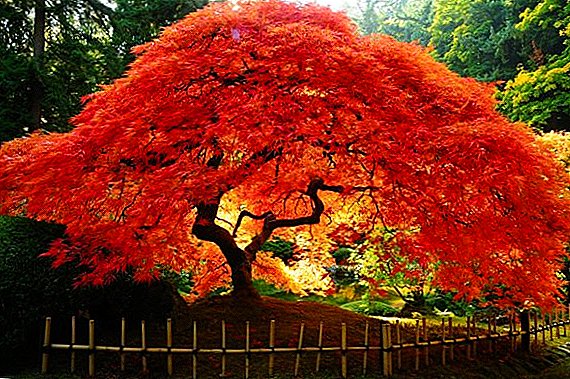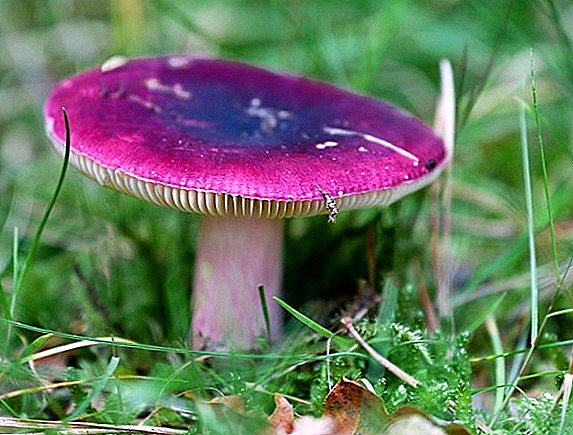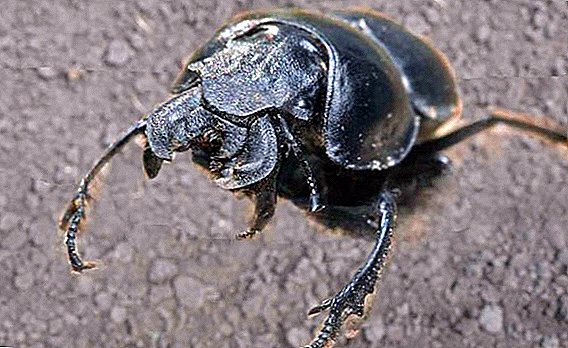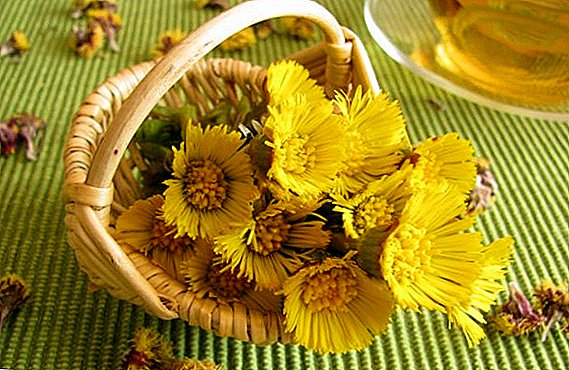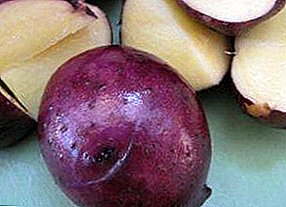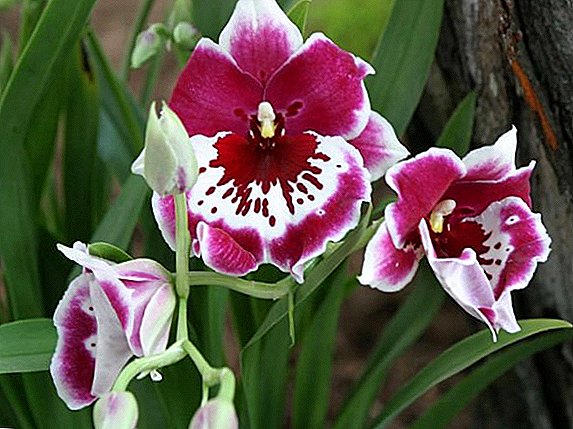 Miltonia belongs to the genus Orchids, in nature there are about 20 species. These orchids are sympodial epiphytes with aerial roots, distinguished from their fellows by the presence of pseudobulb - thickenings in which nutrients and moisture are concentrated. Homeland plants - South America. The flowers are very diverse in shape and color, striking in their beauty. They are often compared to the wings of butterflies or pansies. In 1837, this genus of orchids was first described. In this article, we consider the seven main orchid species of Miltonia, grown at home.
Miltonia belongs to the genus Orchids, in nature there are about 20 species. These orchids are sympodial epiphytes with aerial roots, distinguished from their fellows by the presence of pseudobulb - thickenings in which nutrients and moisture are concentrated. Homeland plants - South America. The flowers are very diverse in shape and color, striking in their beauty. They are often compared to the wings of butterflies or pansies. In 1837, this genus of orchids was first described. In this article, we consider the seven main orchid species of Miltonia, grown at home.
Miltonia white

Miltonia snow-white (lat. Miltonia candida) in nature grows in the forests of Brazil, where it lives on trees at an altitude of 500-800 meters above sea level. Pseudobulbs elongated, about 8 cm in length, are located tightly to each other. Two narrow leaves about 40 cm long grow from their tops. At the base of the pseudobulb there are 3 pairs of small leaves. It produces flower stalks about half a meter in length, on which up to 12 flowers have a sweetish aroma. The background color of the elongated petals is green, but it is almost invisible due to the thick dark brown or reddish plating. The lip is snow-white, with purple or purple streaks, collapsed with a funnel.
Important! The duration of flowering of Miltonia snow-white depends on the ambient temperature: at low temperature, flowers last longer.It blooms from mid-summer to November, the average duration of flowering is from 2 to 3 weeks.
Miltonia resplendent

The birthplace of Miltonia brilliant (lat. Miltonia spectabilis) - the mountain forests of Venezuela and the eastern part of Brazil. Pseudobulbs egg-shaped, flat, up to 9 cm in size. Leaves are linear, light green in color. It has flower stalks of 20-26 cm in length, each has 1 flower (sometimes 2). The diameter of the flowers is about 7 cm. They have a white or cream color of the petals and a bright crimson large lip. At home, blooms from August to October, the duration of flowering - 3-4 weeks. This genus of orchids is named after Viscont Milton, who was a collector of orchids and a patron of gardening.
Did you know? On the island of New Britain (Papua - New Guinea) grows an orchid, which blooms only at night.
Miltonia Renelli

Miltonia Ragnielli is different from other varieties of glossy leaves. On the peduncles grow from 3 to 7 flowers, which have a pronounced aroma. The outer petals of the Miltonia flower are white in color. The middle petal, or lip, can have different shades of pink, often with purple stripes and a white border. It blooms regularly at home.
It will be interesting to get acquainted with other types of orchids: phalaenopsis, dendrobium, venereal slipper, black, Wanda, tselogin and bltilla.
Miltonia sphenoid

The name of Miltonia sphenoid in Latin sounds like Miltonia cuneata. It has double ovoid pseudobulbs, which are slightly narrowed. Peduncles reach 35 cm in length, produce from 3 to 6 flowers with a diameter of about 7 cm. Flowers with yellow petals, wavy at the edges, exude a subtle fragrance. Yellow color is almost invisible due to brownish bloom. The double lip is painted white with lilac splashes. Miltonia wedge-shaped blooms from February to March.
Miltonia yellowish

The natural habitat of this species is Paraguay, Brazil and Argentina. Miltonia yellowish (Latin Miltonia flavescens) has an oval, strongly flattened pseudobulb of yellow-green color. Pseudobulbs are located at a distance of 3 cm from each other. The leaves are belt-like, soft, about 30 cm in length, and have a green or yellow-green color, which varies depending on the light. It produces a very long peduncle - from 1 meter and more. It can be located up to 15 flowers with a diameter of 7-8 cm. Sepals and petals of a pointed shape, long and narrow, have a pale yellow color. The lip is narrow, oval, white with wavy edges and red-purple stripes. In general, the flower resembles a star, it has a pronounced aroma. It blooms from February to October, the peak occurs in March - June.
Indoor plants such as Kalanchoe pinnate, klerodendrum, paperomiya, Khoveya, Kalanchoe Kalandiva, Ficus Microcarp, Kalanchoe Degremona, Cyperus, Streptocarpus, Bromeliad, Bouvardia, Kauchkunosny Ficus, Episcia, Decembrist, Aloecia, Indystras, Astracropy, Indoorium, Indications, Decembrist, Aloezystin, I, I, I will apply, I will apply, I will apply, I will use the same code, I will apply, I will use this code. Coziness and comfortable atmosphere.
Miltonia Clowes

Miltonia pseudobulbs of this orchid species are narrow, oval in shape, slightly flattened, 2-4 cm apart. Their length is from 7 to 10 cm. A pair of yellow-green leaves 20-45 cm long grows from the top of the pseudobulb.
Important! This species differs in almost year-round flowering, exceptions are December, February and March.Peduncles erect or slightly curved, can reach 60 cm in length. From 7 to 10 inflorescences appear on each peduncle. Flowering is prolonged due to alternate disclosure of buds. The flowers are brilliant, their size is from 5 to 8 cm in diameter, are arranged quite closely to each other. The petals are pointed, elongated, amber in color with streaks and brown spots. The lip is also pointed, the upper part is white and the lower part is lilac. It has on itself a relief in the form of 5-7 strips of different length, yellow or white color.
Miltonia Varshevich

Another type of Miltonia, the description of which I would like to consider, is Miltonia Varshevich. Its distinctive feature are large inflorescences. This species was discovered by the main gardener of the Kraków Botanical Garden, Joseph Warszewicz.
Did you know? The most expensive flower in the world is considered an orchid "Gold Kinabalu" - a rare orchid, the flowers of which appear only after the plant reaches 15 years of age. A single sprout of this orchid can cost several thousand dollars.Petals have burgundy or brown color and wavy edges, on top there are cream or white inserts. The large pink lip has a white border and a bright brownish spot in the center. If you do not adhere to the rule of cutting the peduncle after flowering has ended, and only wilted flowers are removed, you can achieve continuous flowering for 1.5 years due to the formation of lateral peduncles. With this care scheme, flowering begins in the spring and ends by the autumn of the next year.
In this article you were able to get acquainted with the description of Miltonia orchids, the names of species and their peculiarities. Now you should decide on a favorite and get it in your collection of orchids.


